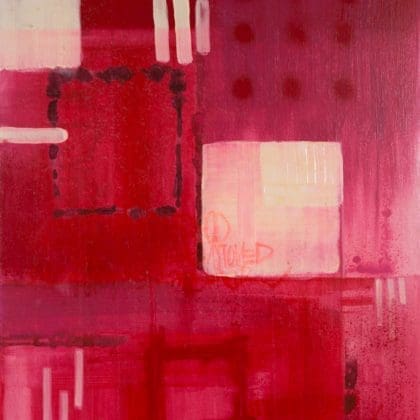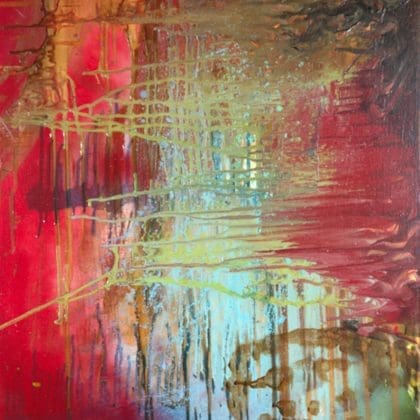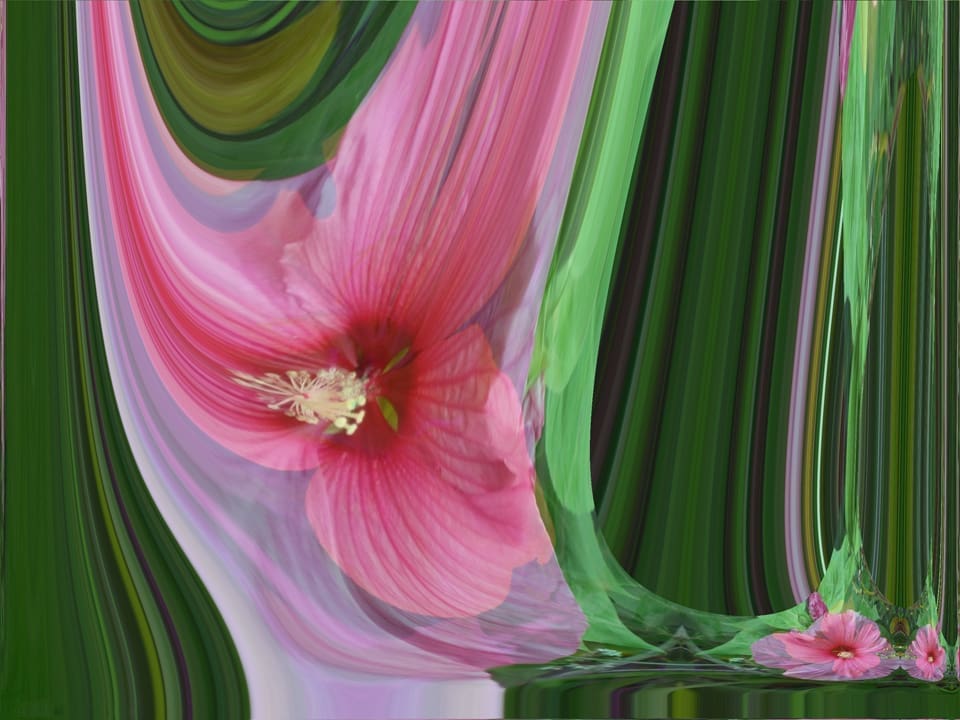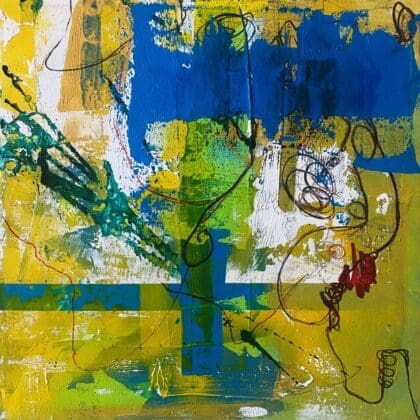When most people think about investing, they usually think of stocks, bonds, or real estate. However, there’s another powerful and often overlooked asset class: fine art. More than just a display of wealth or taste, art can be a smart addition to your investment portfolio—offering long-term appreciation, cultural value, and diversification.
If you’re curious about fine art as an investment, this article will explain why it deserves a place in your portfolio and how it can benefit both your financial and personal interests.
1. Fine Art as a Tangible Asset
Unlike stocks and bonds, fine art is a tangible, physical asset. You can hang it on your walls, enjoy its beauty, and still reap financial benefits.
No Depreciation Over Time: While technology or cars lose value, art from established or emerging artists often appreciates.
Low Correlation with Traditional Markets: Art doesn’t typically follow the ups and downs of the stock market, making it a great hedge against economic downturns.
Example: When the stock market took a hit during the 2008 financial crisis, the fine art market remained stable, with many high-end artworks continuing to increase in value.
2. Potential for Long-Term Appreciation
Art may not offer immediate returns like some stocks, but historically, its value grows steadily over time. High-profile pieces from well-known artists have been known to fetch astronomical sums in resale markets and auctions.
Track Record of High Returns: Works by artists like Jean-Michel Basquiat, Banksy, or Yayoi Kusama have seen significant appreciation in value over the last few decades.
Emerging Artists: Investing early in the careers of rising stars can lead to substantial gains if the artist’s reputation grows.
Pro Tip: Look for pieces with strong provenance (history of ownership) and from artists who are well-represented by galleries or have been featured in major exhibitions.
3. Cultural and Emotional Value
Art isn’t just an investment for your bank account—it’s an investment for your soul. While stocks might sit idly in your portfolio, art actively enhances your life.
A Personal Connection: Owning art allows you to connect with an artist’s vision and story, which can offer emotional satisfaction that money can’t buy.
Conversation Starter: Art in your home or office is more than décor; it’s a reflection of your personality and values, sparking conversations and deepening connections with others.
Example: You may buy a painting that resonates with your background or life experiences, offering not only financial gain but also personal joy and pride.
4. Diversification for Your Portfolio
Diversifying your portfolio is crucial to reducing risk. By adding fine art to your mix of assets, you spread out your investments and reduce exposure to any one sector.
Low Market Correlation: Fine art doesn’t react to market fluctuations in the same way stocks or bonds do. It’s often insulated from inflation and market volatility.
Global Demand: The art market is worldwide, with collectors in the U.S., Europe, Asia, and beyond actively seeking works by a broad range of artists.
By having a well-rounded portfolio that includes art, you’re less vulnerable to the highs and lows of any single investment class.
5. Art Offers Inflation Protection
In periods of inflation, cash and traditional investments may lose purchasing power, but art has historically served as a hedge.
Intrinsic Value: Unlike currency, which fluctuates with inflation, fine art holds intrinsic value due to its uniqueness and cultural significance.
Supply and Demand: Art is finite. As the world’s population grows, so does demand, but the availability of quality pieces from established artists remains limited, driving prices up over time.
Example: The demand for works by artists like Picasso or Frida Kahlo continues to grow even as prices rise, making their art less susceptible to inflationary pressures.
6. Tax Benefits for Collectors
There are several tax incentives for art collectors that can make investing in art even more appealing.
Capital Gains Tax: If you hold onto your artwork for over a year before selling, it may be taxed at a lower long-term capital gains rate.
Charitable Contributions: Donating art to museums or charities can offer tax deductions, providing a financial benefit while also contributing to cultural institutions.
Estate Planning: Art can be included in estate planning strategies to help preserve wealth for future generations.
Tip: Consult with a tax professional to understand the full benefits and how to structure your art investments for maximum financial advantage.
7. Investing in Emerging Artists
While blue-chip artists like Picasso or Monet are safe bets, buying art from emerging artists can offer incredible potential for growth.
Affordable Entry Point: Emerging artists often have lower prices, making it easier to get started without large sums of capital.
Room for Appreciation: If an artist’s career takes off, early works can increase dramatically in value.
Example: Collectors who bought works from Jean-Michel Basquiat in the early ’80s have seen extraordinary returns, with some pieces now selling for tens of millions.
8. How to Get Started in Art Investment
Ready to take the plunge into art investment? Here’s how to begin:
Research the Market: Start by learning about art trends, styles, and the artists that interest you. Attend gallery exhibitions, auctions, and art fairs.
Set a Budget: Determine how much you’re willing to invest and stick to it. Remember, art is a long-term investment.
Work with Experts: If you’re new to the art world, consider consulting an art advisor or attending educational sessions to help guide your purchasing decisions.
Conclusion: Invest in Fine Art for Financial and Personal Growth
Art offers a unique opportunity to diversify your portfolio in a way that goes beyond just financial gain. Not only can it provide long-term appreciation and inflation protection, but it also enriches your life with cultural and emotional value.
Now it’s your turn: Take the first step by researching artists, setting a budget, and exploring online galleries or attending exhibitions. Start small if you need to—just remember that art can pay dividends not just financially but emotionally as well. Diversify your portfolio today and invest in something you can love for years to come.




